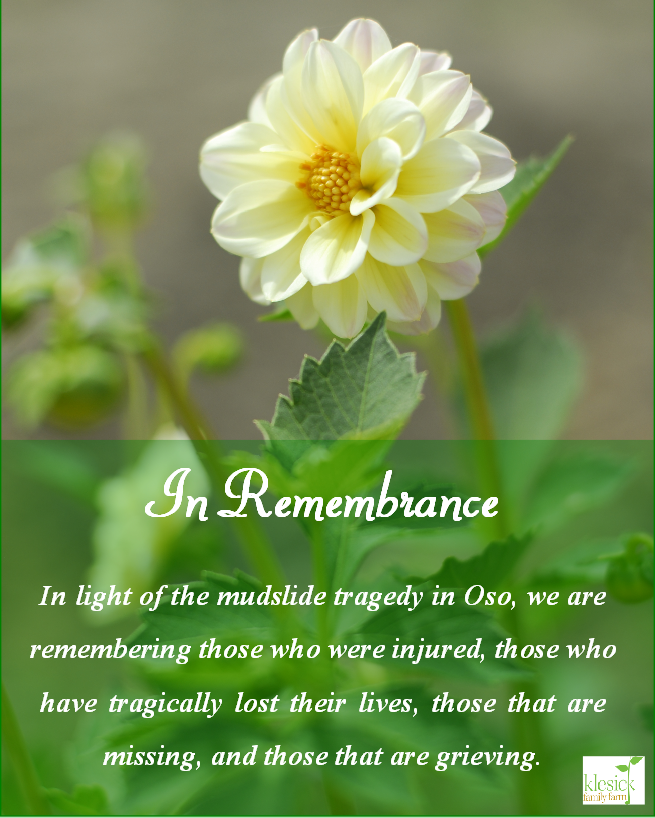Every week for the last few months, I have been vlogging (video blogging) on Wednesdays about something on the farm. It has taken me a few years to warm up to the idea of vlogging. I have been writing a weekly blog since 1998, but vlogging that took some coaxing. But eventually Marty, our social media and menu planner, was able to talk me into it. And she is quite faithful to send me reminders, but this week I beat her to the punch and sent one in before she even asked!
I have covered berries, apples, pruning, potatoes, chives, sunflowers, winter squash, and greenhouses. It has been a lot of fun to chronicle what is happening at that moment and what is going through my mind at that same moment. If you could hear the bloopers! I usually take three or four videos before I get an acceptable 45 – 60 second “winner”. I always seem to start with, “Hey, Klesick Family Farm customers, Tristan Klesick here……” Last week, we talked about raspberries. This week’s topic will be decided on Wednesday morning, where I will find something that catches my eye and get to vlogging.
My hope is to communicate how we grow your food and the importance of growing good food. It is about a way of farming that nourishes you physically, emotionally and spiritually. Our message is one of hope through good farming and good food, hope through good customer service and hope through being a part of a community that cares about the environment now and in the future.
So when Wednesday rolls around check out our Facebook and Twitter pages and see what is on my mind and what is growing on the farm!
See you Wednesday,


